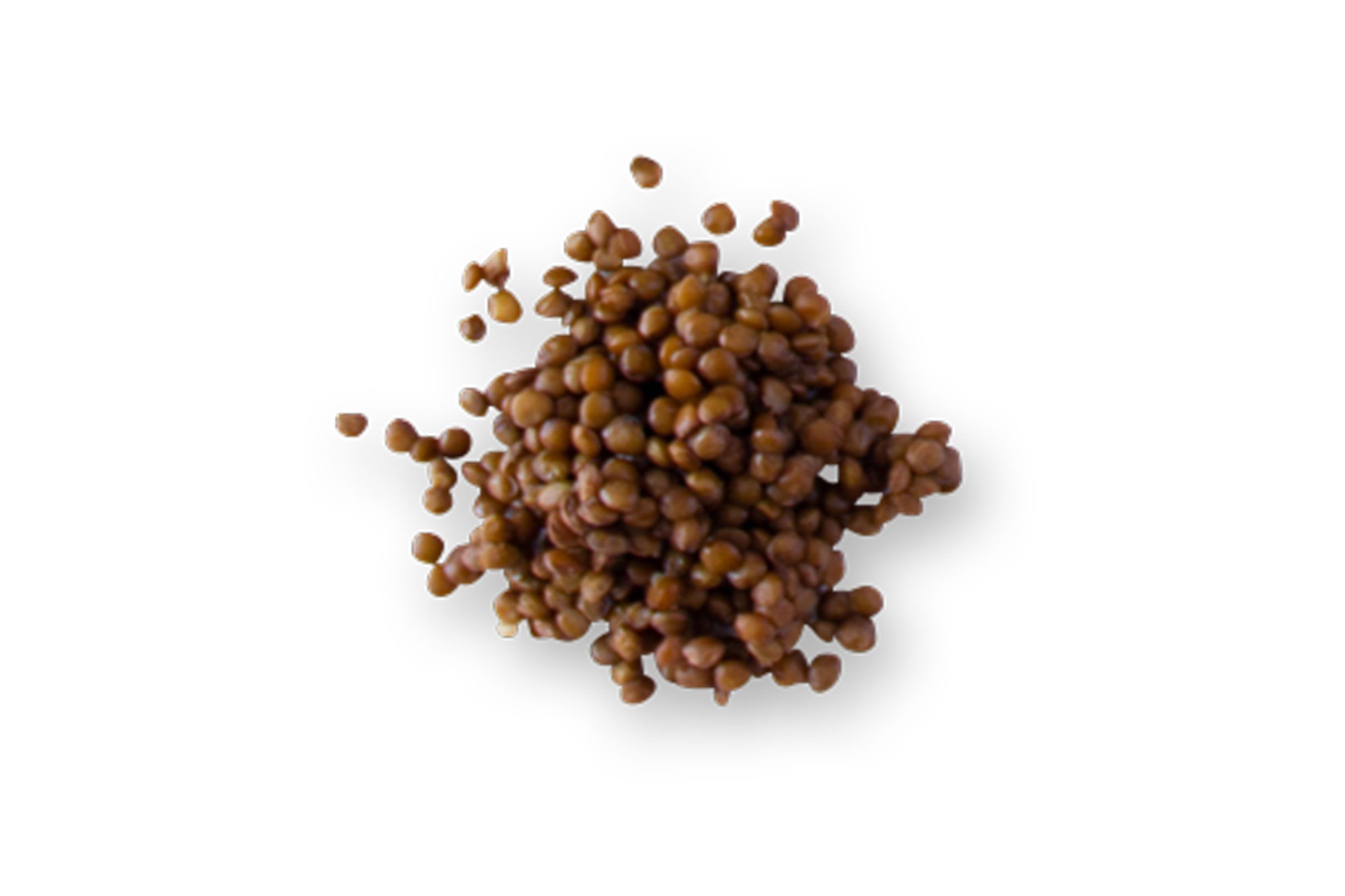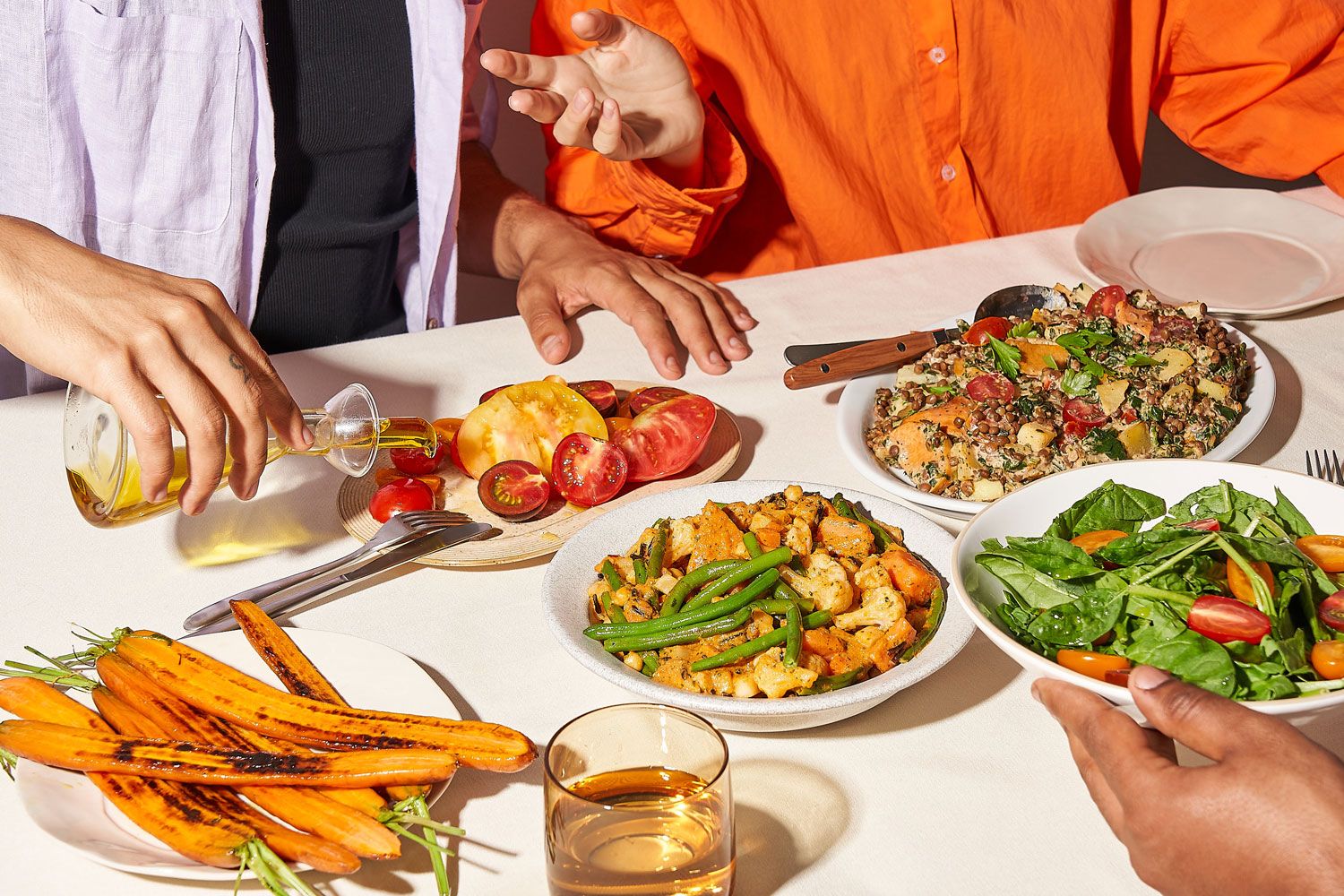Lentils
Healthy allrounder
Intro
Some love them, others hate them. This unassuming legume should not be underestimated as they are pretty impressive performers. They are found in a variety of kitchens and are an excellent plant based protein source for vegans and vegetarians. Lentils are full of vitamins and minerals, have a high amount of fibre, and therefore aid our digestion and strengthen our immune system.

What are lentils?
Lentils are a legume and one of the oldest plants cultivated by humans. The plant itself is an annual cabbage that grows up to 1 metre. It belongs to the butterfly plant family (Fabaceae) and probably descended from wild lentils (Lens orientalis).

Where do lentils come from?
Lentils originate from the Middle East, where it grows together with its close relatives: Lens nigricans und Lens orientalis. However, lentils have also been found in the eastern Mediterranean and the river valleys of the Euphrates and Tigris. Nowadays, the main cultivation areas are in Russia, North America and Spain.
Which varieties are there?
Generally, there are a multitude of lentil varieties that vary in size, use and colour:
Red lentils
-Mild aroma, floury, suitable for purees
Yellow lentils
-Mild-nutty aroma, floury
Brown lentils
-Sweet-earthy aroma, suitable for salads and soups
Green lentils
-Nutty aroma, suitable for stews
Pantelleria-lentils
-Earthy aroma, floury
Grey mountain lentils
-Earthy aroma, grainy, suitable for salads
When are lentils in season?
May - September
Our tips for how to enjoy lentils:
In salads, soups, purees, curries, fritters and veggie dishes like ratatouille The cook time varies on the size of the lentils:
Large lentils: Cook time: 30-60 minutes
Small lentils: Cook time: 20 minutes
Peeled lentils: 10-15 minutes
Lentil nutrition facts per 100g:
| Nutrition facts per | 100g |
|---|---|
| Calroies | 116 |
| Fat | 0.4g |
| Carohydrates | 20g |
| Fibre | 7.9g |
| Sugar | 1.8g |
| Protein | 9g |
Nutrients found in chickpeas
Vitamins: Beta-Carotene, B-Vitamins, Vitamin C, Vitamin E and Folic acid
Minerals: Sodium, Potassium, Calcium, Magnesium, Phosphate, Iron and Zinc

